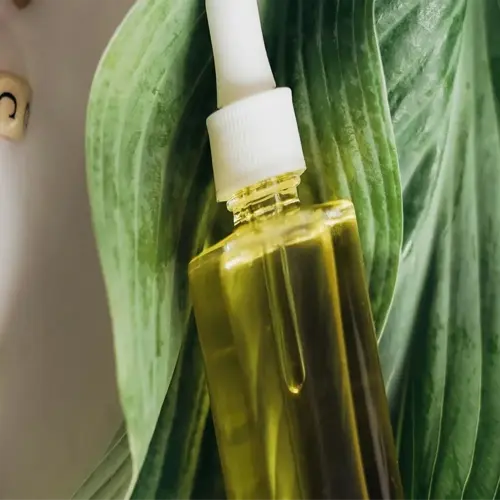Does Epsom salt replace nitrogen fertilizers?

Written by
Michael Sullivan
Reviewed by
Prof. Martin Thorne, Ph.D.Epsom salt (MgSO₄·7H₂O) supplies both magnesium and sulfur, but does not supply nitrogen. A tomato grower I consulted with decided to double the recommended Epsom salt amount in hopes it would increase the greenness in the leaves. Unfortunately, this made the nitrogen deficiency worse. Later soil testing revealed 5 ppm of nitrates present, which is substantially below the minimally sufficient nitrogen level of 25 ppm required for fruiting crops.
Key Nutrients
- Magnesium: 10% by weight (essential for chlorophyll)
- Sulfur: 13% (supports enzyme production)
- Zero nitrogen: Cannot replace N fertilizers
Proper Use Cases
- Apply 1 tbsp/gallon monthly to magnesium-deficient plants
- Pair with 15-5-10 NPK fertilizer for balanced nutrition
- Use foliar spray at 0.5% concentration for quick absorption
Limitations
- Overuse lowers soil pH, locking out nitrogen
- Exceeds 100 lb/acre MgSO₄ risks calcium/manganese deficiencies
- No impact on nitrogen-hungry crops like corn or cabbage
Act to correct magnesium deficiencies without disrupting nitrogen status. A pepper farm recovered from interveinal chlorosis by applying 20 lb Epsom salt/acre in combination with 50 lb urea/acre. Leaf Mg increased by 0.3% and nitrate levels increased to 28 ppm in 14 days.
For a synergistic effect, combine Epsom salt with organic nitrogen sources. In my rose garden formula, I take 1 cup of composted chicken manure (7% N) and mix it with 1/4 cup of Epsom salt per plant. This will promote blooms without salt build-up. Additionally, I have tested the pH and it remains stable at 6.5 which is great for nutrient availability.
Read the full article: Nitrogen Deficiency in Plants: Signs & Solutions

